
A Swiss label wants to make data centres greener

Every time we book a hotel online, stream a movie or make a video call, data centres worldwide consume a lot of energy and water. A label launched in Switzerland wants to reduce the environmental and climate impact of our digital habits and position the Alpine state as a location for greener data centres.
In January 2017, Puerto Rican singer Luis Fonsi released a single that would go down in history. In the first six months, the Despacito video clip was viewed 4.6 billion times on YouTube. Today it’s been seen more than eight billion times, but there’s an even more astonishing figure. According to estimates,External link the streaming of Despacito consumed more electricity than the power used by 10’000 households in Switzerland in one year.
Data centres consumed the most power. They are the buildings containing the servers and physical infrastructure to manage email traffic, store our photos in the cloud – or in this case, run platforms such as YouTube.
“Data centres have become the pillars of the digital economy. ”
Babak Falsafi, professor of computer science at the Swiss Federal Institute of Technology EPFL in Lausanne and president of the Swiss Datacenter Efficiency Association (SDEA).
“Data centres have become the pillars of the digital economy. However, we don’t know how sustainable their energy consumption is,” says Babak Falsafi, professor of computer science at the Swiss Federal Institute of Technology EPFL in Lausanne and president of the Swiss Datacenter Efficiency Association (SDEA), a consortium of companies and academic institutions.
According to the International Energy Agency, thousands of data centres and transmission networks worldwide use about two per cent of global electricityExternal link. Data centres also need a lot of waterExternal link to cool the servers.
With the rapid growth of artificial intelligence, Falsafi explains, we are seeing an increase not only in the number and size of data centres, but also in their energy consumption and carbon footprint. But he argues that higher energy efficiency standards could reduce the impact of data centres on the environment and climate.
The SDEA presented a new efficiency label in 2020. However, the certification has “really picked up speed” since this year and has gotten “international visibility”, with interest coming from Switzerland as well as other European countries, according to Falsafi. Starting July 16th, all companies operating data centres or renting a space for their servers can register and use the SDEA’s energy efficiency calculatorExternal link with the option to eventually apply for certification.
A label that measures the climate impact of data centres more accurately
The traditional indicator of energy efficiency is the Power Usage EffectivenessExternal link. The PUE measures the electricity consumed by IT infrastructure (compared to the total energy used by the data centre) but gives no indication of how efficiently IT equipment uses that electricity.
On the other hand, the SDEA label, which is supported by the Swiss Federal Office of Energy (SFOE), considers the entire energy balance of a data centre. For example: the CO2 emissions generated by the electricity source and the energy efficiency of servers, storage systems and network devices.
The label places special emphasis on the reuse of heat generated by servers. In 2019, only one in three data centres in Switzerland made use of waste heat, according to a study.External link The heat could heat nearby buildings and power industrial processes, helping to reduce the consumption of fossil fuels.

Interest from abroad for the Swiss efficiency label
A data centre operator can decide whether to have an independent auditor assess only the building infrastructure, the IT system infrastructure or both. Based on the evaluation report and the established criteria, the SDEA awards a bronze, silver or gold label. The certification is valid for three years. A new assessment after this period encourages participating companies to invest in energy saving measures.
So far, the SDEA has awarded the label to three data centres belonging to Hewlett Packard Enterprise (the technology company that initiated the consortium), the financial group SIX and the telecommunications company Swisscom.
SIX, which was certified for the whole infrastructure, did not want to disclose the measures taken to improve energy efficiency and the savings achieved. SDEA claims, based on the results of the pilot phase of the project, that implementing the requirements for obtaining the label would save up to 70% of previous energy consumed by a data centre.
Another eight data centres are in the process of certification, says Falsafi, without naming the companies involved. Discussions are also currently underway with data centre operators in Austria, Germany and Scandinavia, he says.
Chip manufacturing emissions should not be underestimated
The SDEA label is a step in the right direction, according to Marco Bettiol, professor at the University of Padua in Italy and author of a studyExternal link on the environmental sustainability of data centres. It would allow data centres to precisely measure their impact, including CO2 emissions.
But this approach has limitations because it only considers direct emissions. “We cannot underestimate the indirect emissions related to the manufacture of chips and all digital devices used in data centres,” Bettiol points out.
A data centre has a lifespan of 15-20 years. But for security reasons, digital equipment is usually replaced every five years on average, he says.
Making Switzerland a top location for greener data centres
With the label, the SDEA also wants to position Switzerland as a reference country for climate-friendly data centres.
Switzerland, with its service-oriented economy, political stability and competitive energy costs, is among the countries with the highest number of data centres per capita in the world, according to datacentermap.comExternal link.
The Zurich region is among the most attractive emerging marketsExternal link for cloud service providers, along with the Lake Geneva region. Switzerland is also among the 20 industrialised countries with the greatest growth potential in the field of generative artificial intelligence, according to a recent reportExternal link by PricewaterhouseCoopers.
Switzerland is particularly well suited to operating data centres in the most environmentally friendly way possible, says Adrian Altenburger, professor of building technology and energy at Lucerne University of Applied Sciences and Arts and co-author of a study on data centres in Switzerland. He points to the already high share of renewables – around 60% of the electricity generated in Switzerland comes from hydroelectric power plants, and there is potential for expansion.
Preventing data centres from overloading the power grid
However, this development is not without repercussions.
Data centres in Switzerland use almost four per cent of the country’s total electricityExternal link, and in the coming years their electricity consumption will “increase massively”, predicts Altenburger. It cannot be ruled out that the country will have to adopt restrictions on the construction of new data centres to avoid overloading the electricity grid, he warns.
In Ireland, where data centres use almost 18% of the country’s electricityExternal link, the national electricity company has introduced a moratorium until 2028 for new facilities in the Dublin area. In the past, Germany, Singapore and China have also imposed restrictions on the development of new data centres.
SDEA’s label could help avoid such a scenario and “significantly” improve the efficiency of data centres in Switzerland, says Altenburger. The potential for electricity savings is high: according to a 2021 studyExternal link commissioned by the SFOE, data centres in Switzerland could reduce their consumption by 46%.
However, Altenburger emphasizes that a voluntary label is not enough to make data centres greener. Regulations or laws that define requirements for energy efficiency are also needed. In the canton of Zurich, the Energy Act of 2023 obliges data centre operators to reuse waste heat.
Of course, we can all contribute to reducing the energy consumption of data centres by changing our digital habitsExternal link. For instance, by regularly emptying our e-mail inbox, downloading digital content to our device instead of playing it online or reducing the quality of streaming.
And having viewed the Despacito video clip 8 billion times, just listening to the music might be enough.
Edited by Sabrina Weiss/ds

In compliance with the JTI standards
More: SWI swissinfo.ch certified by the Journalism Trust Initiative
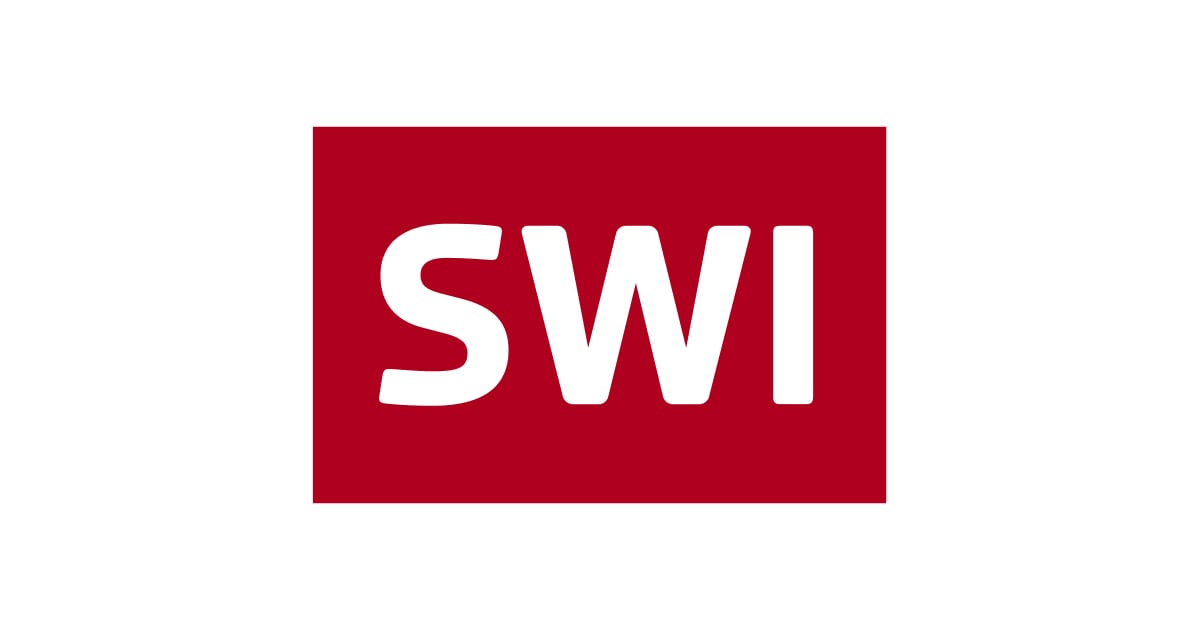



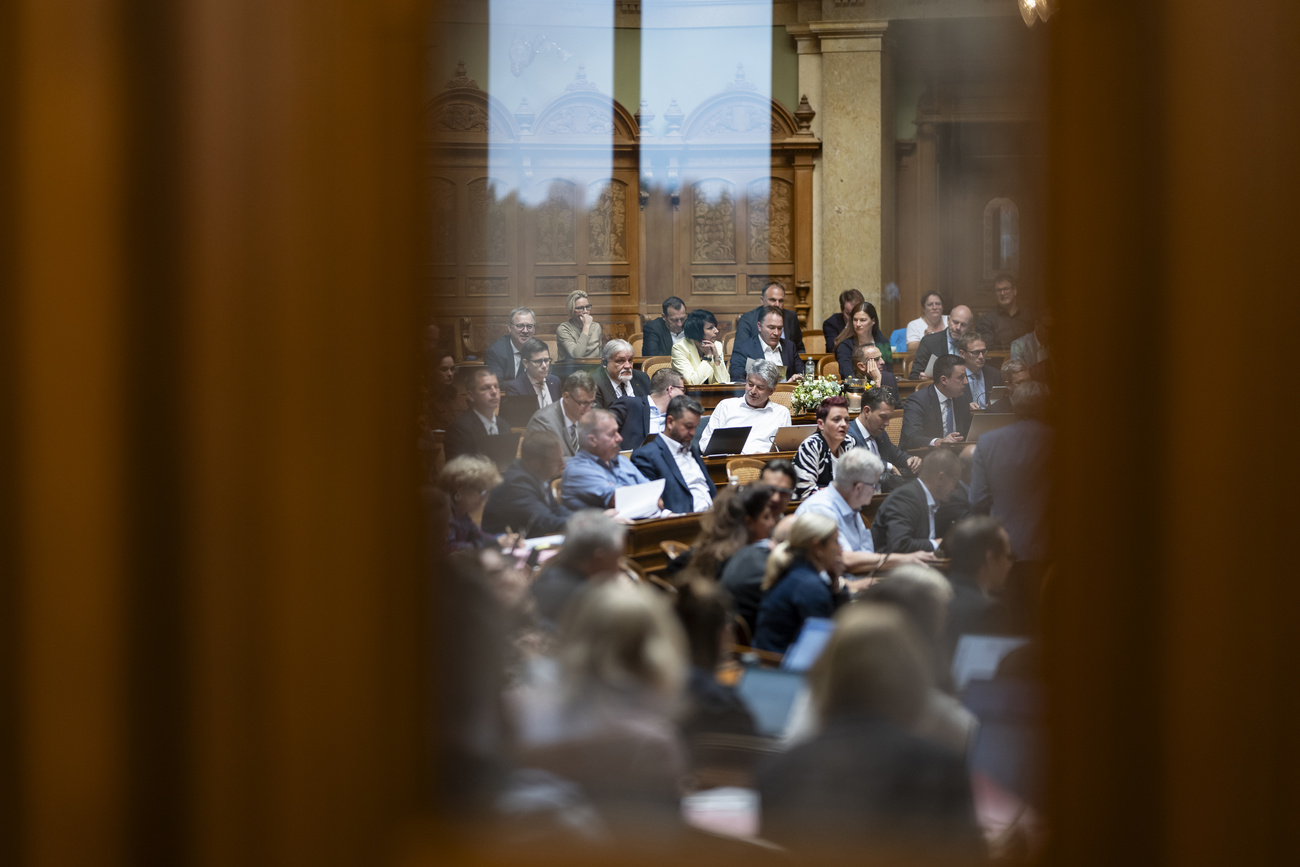
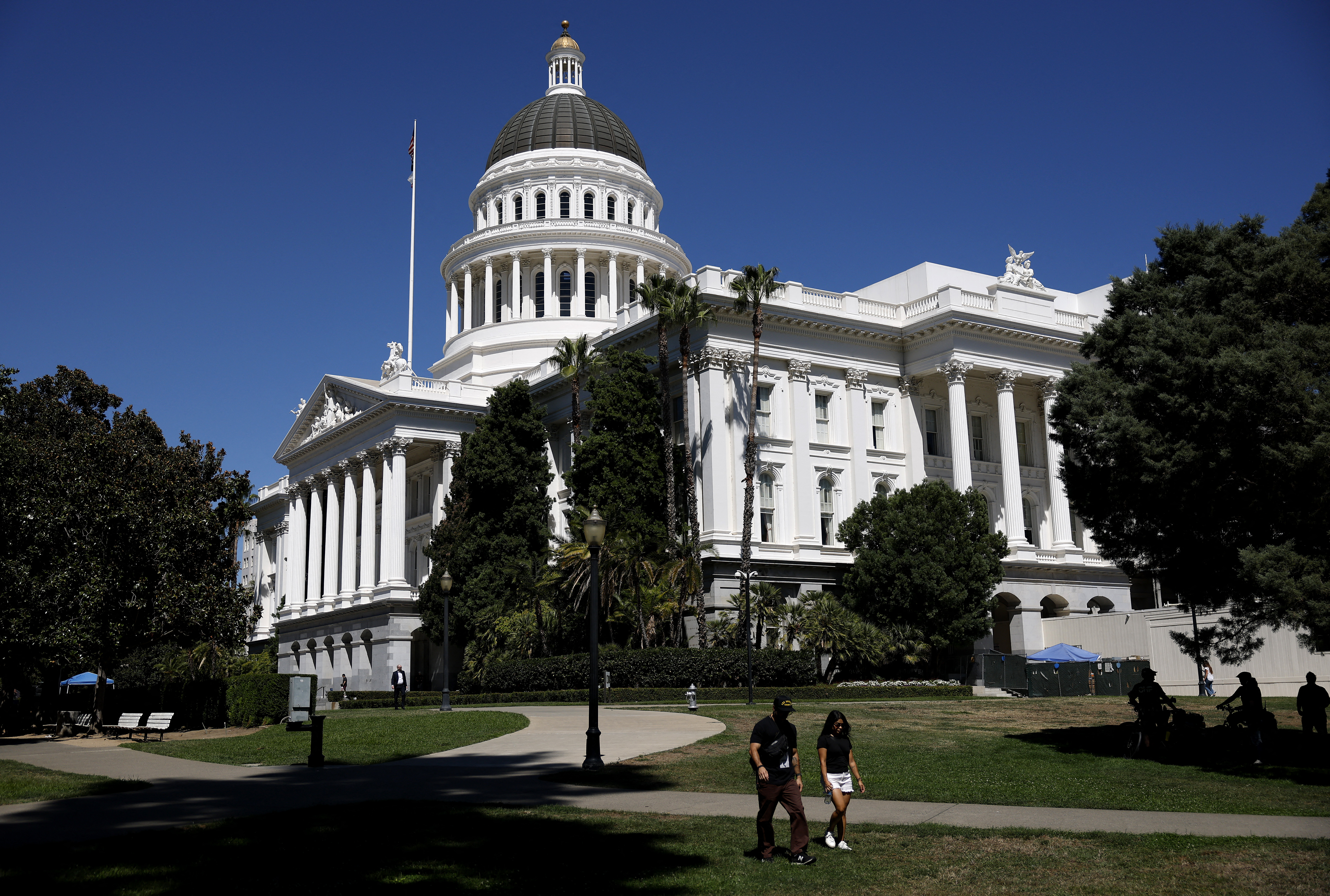









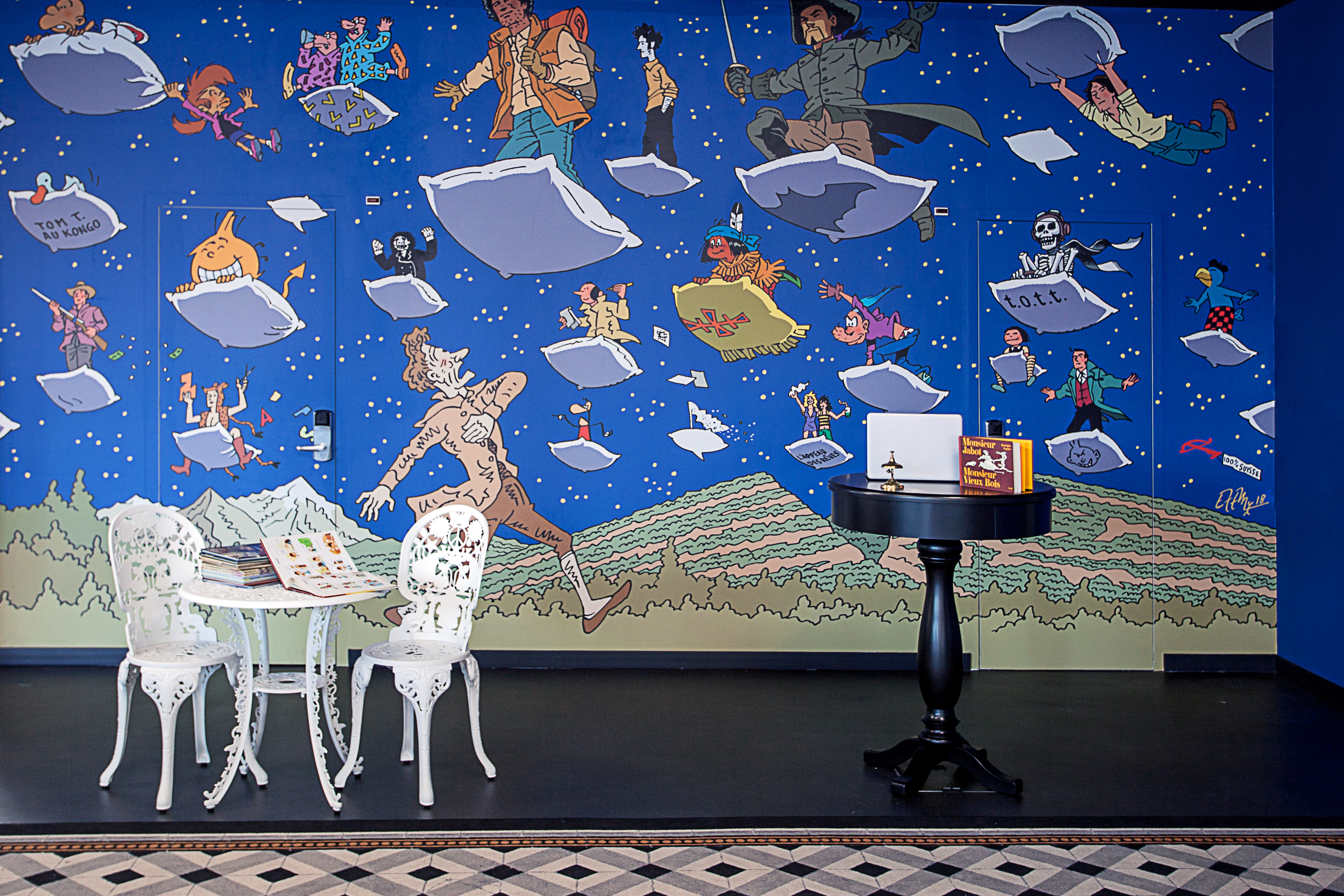



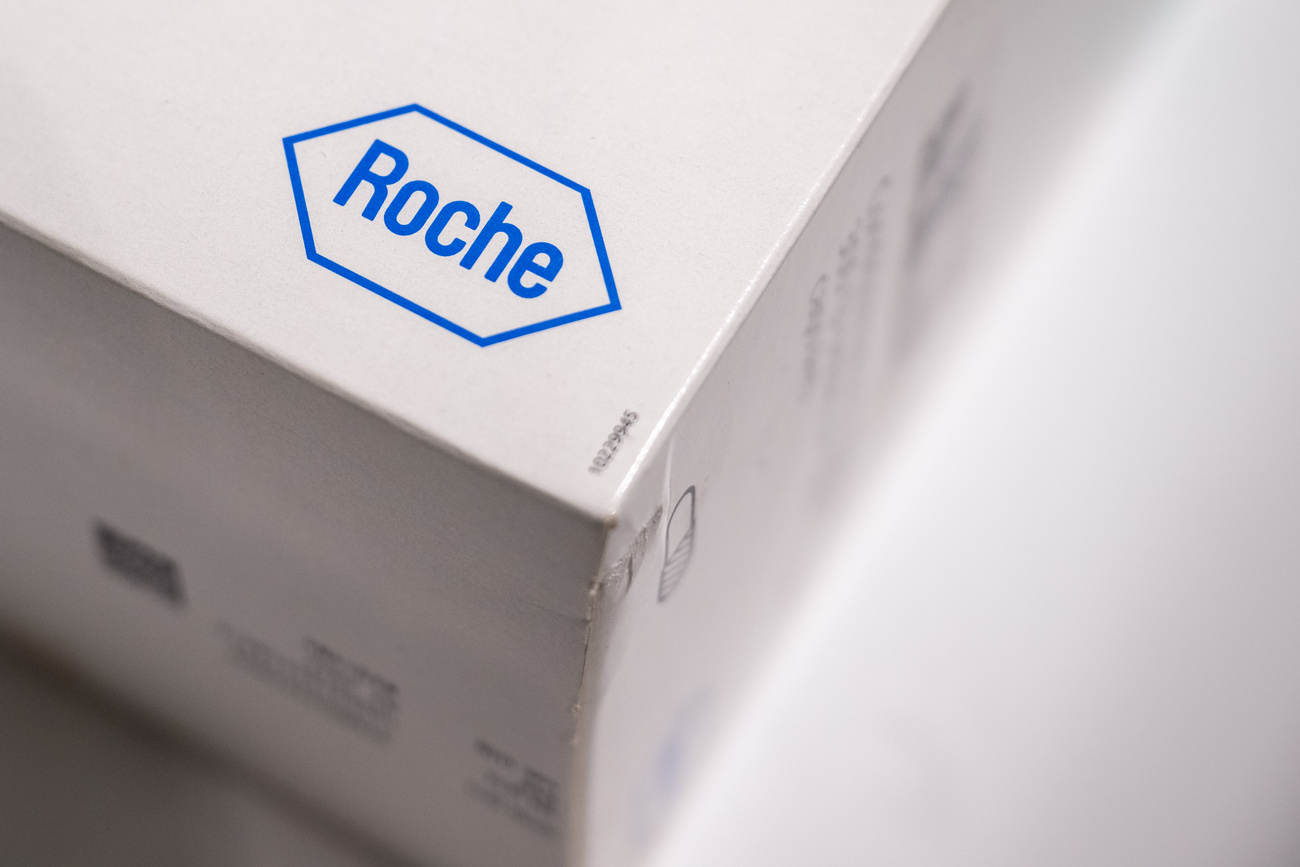








You can find an overview of ongoing debates with our journalists here . Please join us!
If you want to start a conversation about a topic raised in this article or want to report factual errors, email us at english@swissinfo.ch.